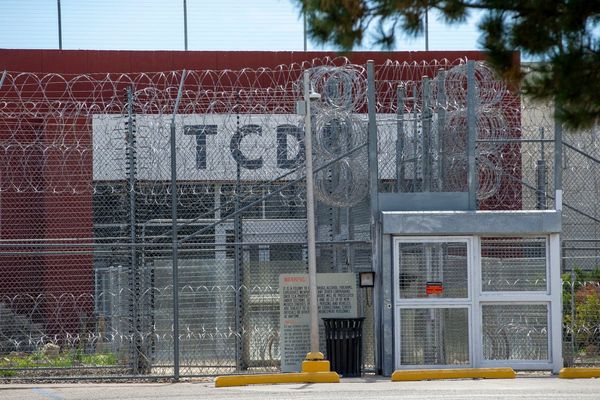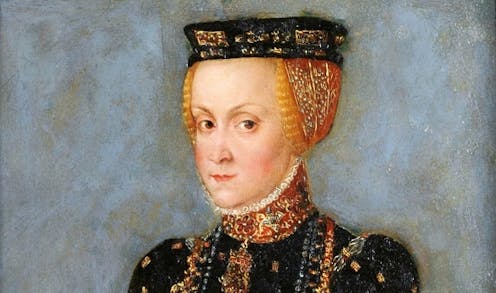
Anna Jagiellon was elected Queen of Poland in 1575. While many women rose to power by birth or marriage, Anna was actually chosen by nobles to rule. This achievement remains surprising.
Today, female world leaders are still rare. According to recent data, only about one in four national parliament members globally are women: 27.2% of parliamentarians in single or lower houses, up from 11% in 1995.
As of January 1 2025, in 25 countries women serve as heads of state or government. That number has improved over the past few decades, but men continue to dominate elected office. Anna’s story, set over four centuries ago, shows a woman could secure power through a vote, even in an era when female rulers were nearly unheard of.
The making of a queen
Anna was born in 1523. Her father was King Sigismund the Elder and her mother was Queen Bona Sforza.
The family, the Jagiellon dynasty, ruled a vast realm of Poland and Lithuania. Her brother, King Sigismund II Augustus, was the last male heir. When he died, Anna became the only living member of that royal line residing in Poland.
When Sigismund II Augustus died in 1572, Anna was not initially considered as eligible to ascend the throne: there was no tradition of a woman inheriting it. The Poles had only one previous queen regnant, a woman who rules a kingdom in her own right: Jadwiga, the queen whose 1386 marriage to Jogaila, grand duke of Lithuania, founded the centuries-long union of Lithuania and Poland. Lithuanians had none.
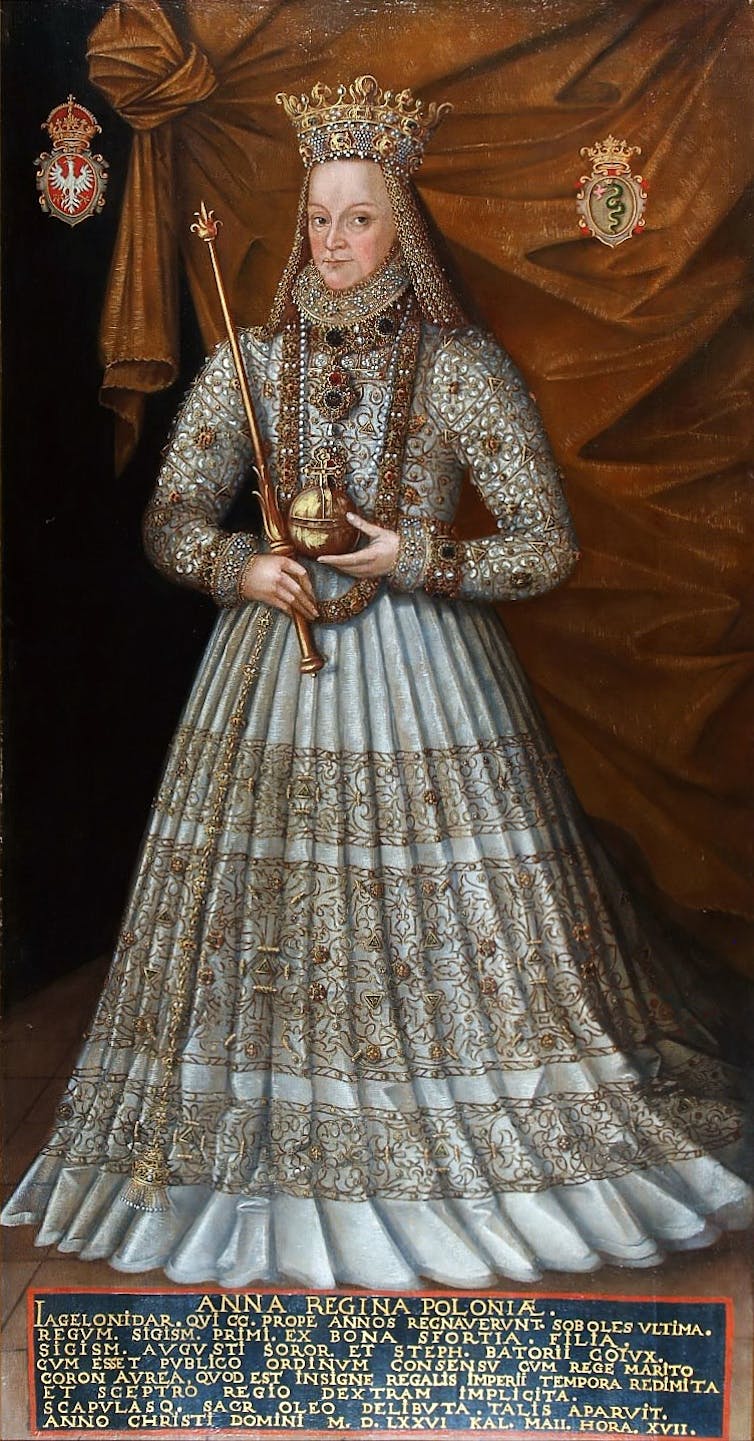
The nobility of the Jagiellon realm decided to elect their monarch, as Sigismund II Augustus did not have a son to inherit the throne. In May 1573, 22-year-old Henry Valois of France was elected king. His reign did not last much more than a year. In May 1574, his brother, Charles IX of France, died. Henry returned to France to become Henry III.
Anna had once been on the sidelines of court life. Perhaps she was overshadowed by her powerful mother and siblings. Yet after her brother’s death and Henry’s abandonment of the Polish throne, she leapt into politics.
In the time when the throne was vacant, Anna became an important figure in deciding who would rule next. Many people viewed her as a political pawn, but she aimed to protect her family’s legacy. She made bold moves to shape alliances and ensure she herself would not be pushed aside.
Election of a queen
In 1575, a group of nobles and officials assembled to pick the next monarch. This was the second time in Poland–Lithuania royal elections were held, instead of the throne passing down the dynasty line. Standing for royal election was unusual among women in the 16th century.
At that gathering, the electors did something almost unheard of in Europe: they chose a woman, Anna, to wear the crown. They also selected a husband for her, a man named Stephen Báthory, who would be her co-ruler.
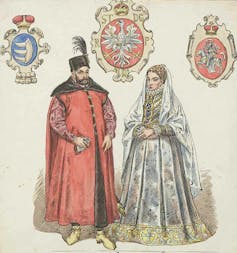
Yet Anna was crowned as a queen in her own right, not just as a wife of a king. She signed laws, granted privileges and held ceremonies that emphasised her royal power. Some historians once doubted her independence, but newer research points out her keen political sense.
For instance, Anna invested her own money and energy to defend her inheritance from foreign claimants. She made deals to secure alliances and pushed hard to protect her family’s interests. Her role in Poland’s next royal election, after Stephen Báthory died, sealed her reputation as a serious political player.
Breaking gender barriers
Anna’s rule broke with expectations of her era. Like Mary I, the first queen to rule England in her own right (1553–58) and her successor Elizabeth I (1558–1603), she stepped into a job usually held by men.
She faced scepticism and criticism, often based on stereotypes about her age, her fertility or her ability to manage power. Some described her as emotional and unfit to lead. Others cast her as incapable because she had spent so long as a single woman.
Despite these biases, Anna went on to promote her family’s legacy. She commissioned a funerary monument for her mother in the Basilica of San Nicola in Bari and completed the Jagiellon chapel at Wawel Castle in which her father, brother and her own tombstone were placed.
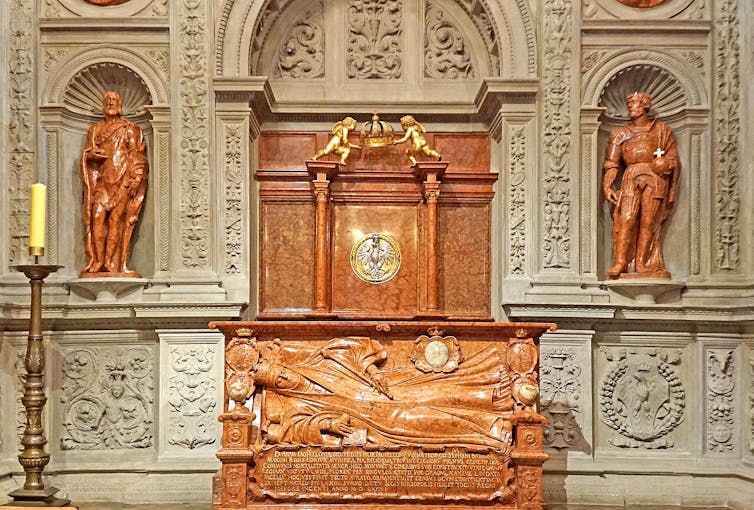
She arranged key alliances and rewarded those who remained loyal. She also supported religious and cultural projects, building on the traditions of her royal parents. In that sense, she showed a queen could manage statecraft and political negotiations, just like any king of her day.
Lessons for today
Women in leadership continue to face hurdles in modern elections. Many still question their abilities or focus on their appearance. Some blame voter bias. Others highlight social structures that limit women’s options. That is why Anna’s story matters.
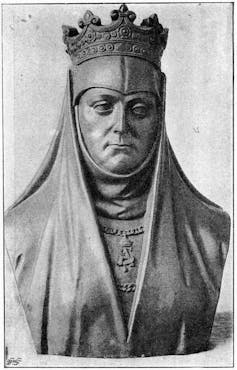
Her success in a challenging environment underlines two major lessons. First, women have long claimed a rightful place in government. Even in the 16th century, when few women held direct power, Anna achieved electoral victory and took an active role in shaping policy. She helped decide who would succeed her, proving her ability to steer the political landscape.
Second, history’s hidden figures deserve recognition. There are countless remarkable women from outside Western Europe who rarely appear in popular culture. Many stories can also be found in central or eastern Europe, once a vibrant powerhouse of diverse cultures. Yet global narratives often overlook this legacy, especially after 1945, when the Yalta Conference redrew political maps and sidelined histories of those who found themselves on the eastern side of the Iron Curtain.
Anna Jagiellon’s tale broadens our view of female leadership. Her life reminds us that a woman could win a political contest centuries ago, despite prejudice and rigid traditions. It proves there is nothing new about women excelling in positions of power.
Darius von Guttner Sporzynski receives funding from the National Science Centre, Poland as a partner investigator in the grant "Polish queen consorts in the 15th and 16th centuries as wives and mothers" (2021/43/B/HS3/01490).
This article was originally published on The Conversation. Read the original article.
